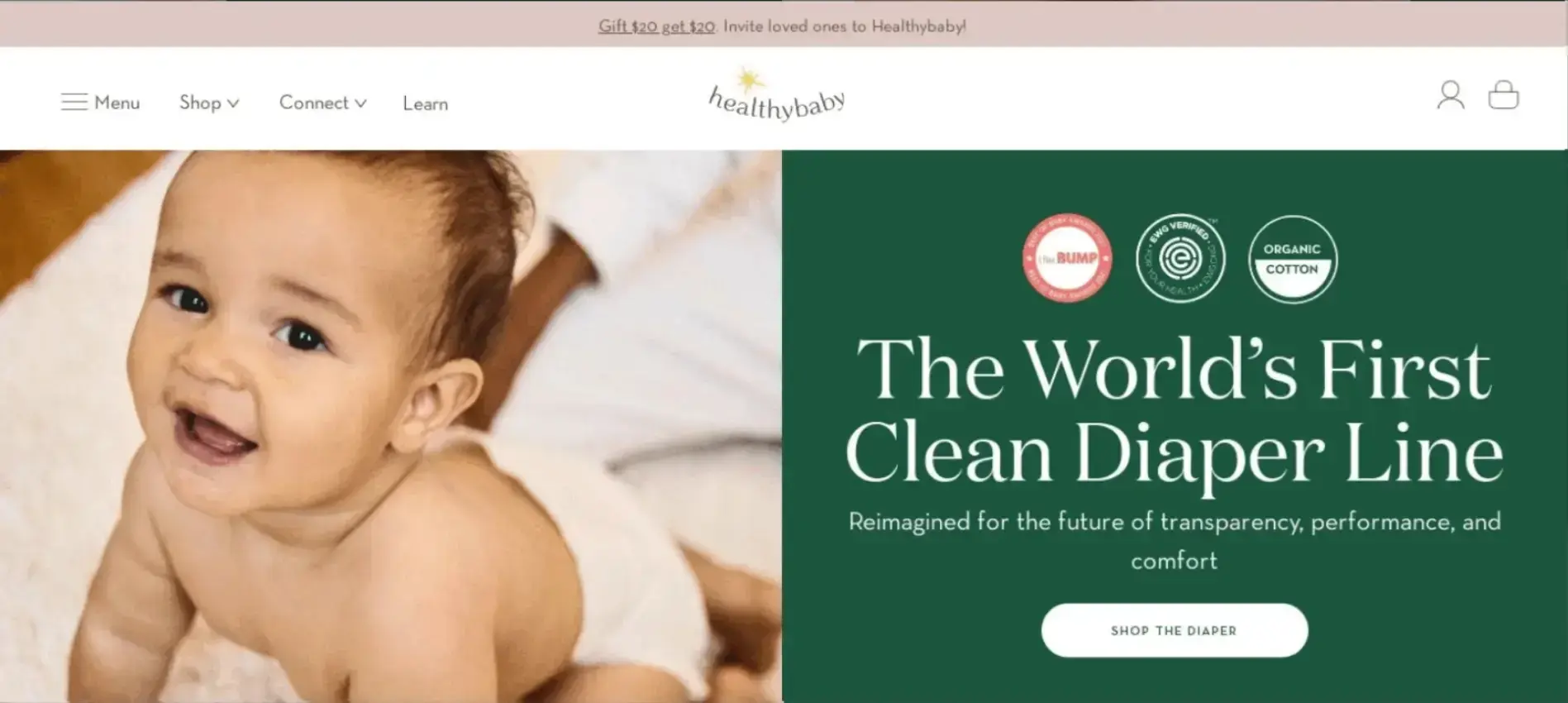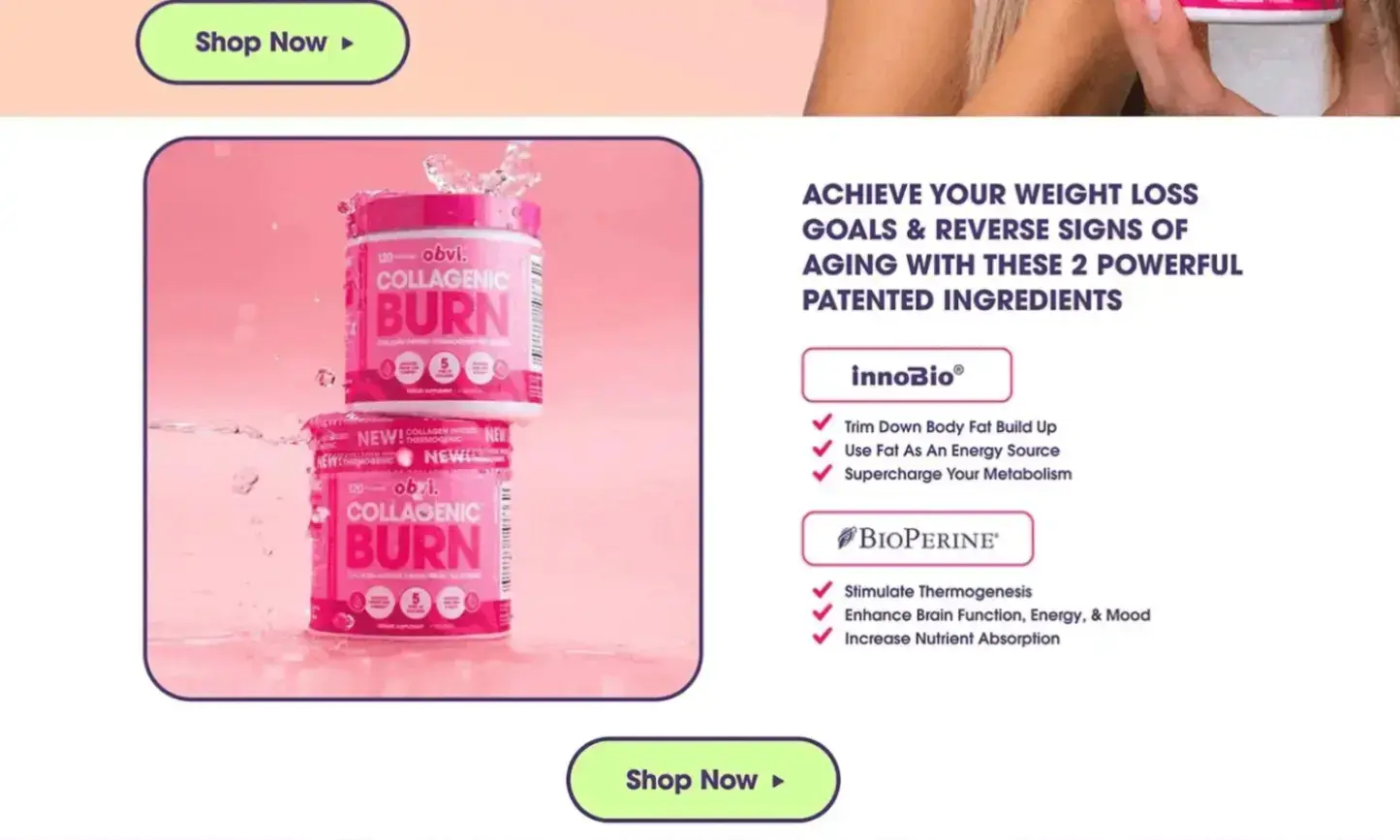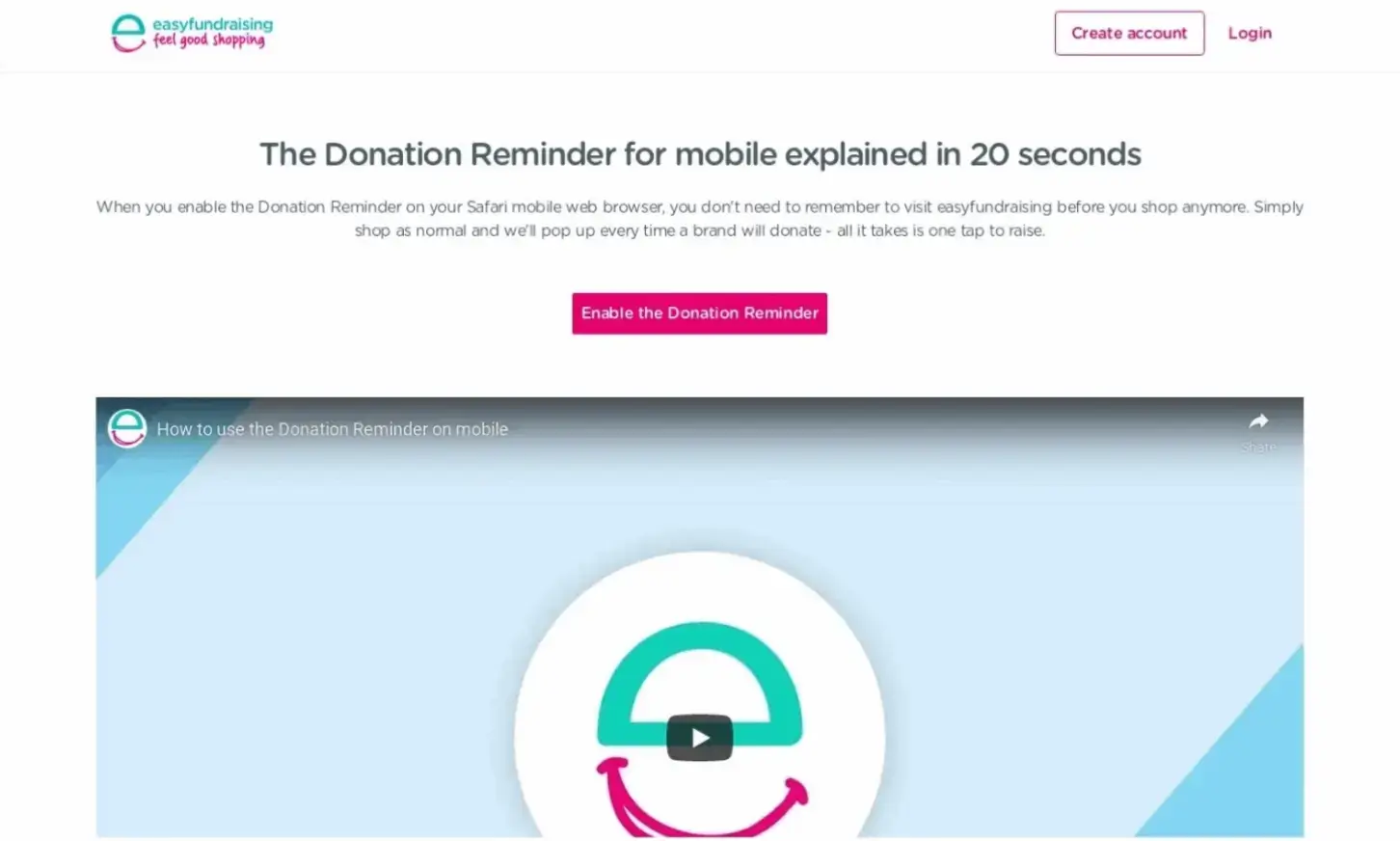Imagine this scenario: You’ve got an online shopping mall. Your SEO is spot-on, your social media is buzzing, and your traffic looks so good even your cat is impressed.
But here’s the kicker — your sales aren’t exactly show-stopping. You’ve heard about Conversion Rate Optimization (or CRO, if you like acronyms) and how it might boost your sales without needing a flood of extra traffic.
Is it worth taking the plunge, or is it just another marketing buzzword? Let’s see whether CRO marketing could be the secret weapon your store needs.
(TL;DR: Yes, it is worth it.)
Article Shortcuts:
- Benefits of CRO Marketing
- Potential Drawbacks of CRO Marketing
- Real Examples of Successful Conversion Rate Optimization
- Is CRO Marketing Worth It for Your Business?
- Steps to Implement CRO on Your Website
- Frequently Asked Questions
What is CRO Marketing?

Source: Freepik
CRO is all about fine-tuning your website to persuade more users to take a desired action.
The goal can vary and depends on what you want to achieve — whether it’s getting more clicks to a landing page, sign-ups for your newsletter, or even completing a sale.
Take this, for example: Imagine your online shopping mall again. You’re already attracting a decent amount of traffic, but you notice that not many visitors are completing their purchases.
After analyzing your site, you find that visitors are abandoning their carts during the checkout process. To address this, you decide to optimize the checkout page by highlighting your cheap shipping option with a big, green highlight.
You create a new version of the page that showcases the affordable shipping rates and even adds a quick, reassuring note about the delivery speed.
You then set up an A/B test to compare the original checkout page with your new, optimized version.
After a few weeks, your tests tell you that the new page has significantly reduced cart abandonment rates and increased completed purchases. There’s the CRO marketing magic – just by tweaking just one element based on user behavior, you've managed to boost your sales without needing to attract additional traffic.
CRO marketing isn’t just for online stores, though! You can also apply the same principles to membership websites, forums, personal brands, or SaaS websites. As long as you have a desired action for your audience, you can benefit from conversion rate optimization.
Benefits of CRO Marketing

Here are the biggest benefits of optimizing your website for conversions:
-
Better ROI
One of the main reasons why companies do CRO is to increase their return on investment.
In fact, businesses using CRO tools often see an eye-popping 223% average return on investment. Not too shabby, right?
Acquiring an audience, whether it is made through referrals, social media, email, paid media, or SEO, is expensive. The beauty of CRO is that you work with your existing traffic levels, so increasing it is optional.
-
Competitive advantage over rivals
Since only 39.6% of companies have a formal CRO strategy, having one for your business gives you a competitive edge. While your competitors are working hard to increase their traffic, you'll be making more sales from the traffic you already have.
-
Improved user experience
CRO is like giving your website a friendly upgrade.
It focuses on enhancing usability, making navigation smoother and more intuitive, and this means visitors can find what they’re looking for quickly and easily, leading to an increased customer satisfaction.
Plus, a big part of CRO is making your website faster. Nobody likes using a slow website, right?
When you speed things up, you’re not only making your customers happier but also encouraging them to stay longer and explore more. Goodbye, customer ragequit!
Potential Drawbacks of CRO Marketing
Of course, conversion rate optimization, just like any other digital marketing strategy, has its own fair share of quirks and challenges. Here’s a quick rundown:
-
Can be resource intensive
While there are many CRO tools that offer free trials or free accounts, it can still be resource intensive.
You still need to pay (or hire and train) a CRO expert to analyze data, design changes, and implement the changes. In short, you need either money or time, preferably both, to effectively use CRO.
-
The processes are time-consuming
CRO isn’t a quick fix. It involves continuous testing, analyzing, tweaking, and waiting. This ongoing process is a time glutton, so be prepared to dedicate a bit of time to see the results.
-
CRO can be complex
Lastly, CRO involves a lot of data crunching and interpreting, making it less straightforward than some other digital marketing strategies. Each case can yield different results, so it’s a bit like solving a Rubik’s cube made of data.
If this sounds overwhelming, consulting a CRO agency might be a good move. These companies have the experience and expertise to navigate the complexities of CRO marketing, helping you get the most out of your efforts.
Real Examples of Successful Conversion Rate Optimization
Here are three real examples of successful conversion optimization. We found them through Spiralyze’s prediction engine.
-
A website selling baby diapers shows social proof
This is a conversion optimization for Healthy Baby, a diaper company.
The idea here is that humans are social beings and need assurance that they are making the right choice. The company added social proof that other organizations approve of the products.

The homepage has changed since these screenshots, but has kept the social signals up, which prove their effectiveness.
-
A fat burner supplement shows before and after photos

Obvi, a company that sells supplements, replaced their product image with before and after photos of women losing weight after using their products. This strategy is a great example of how CRO can be applied effectively within retail marketing to showcase the benefits of a product and drive conversions.
The idea here is the concept of “selling the hole, not the drill” in copywriting, where you talk more about the benefits than about your product. You can find this change on their site, which tells us that the change made a positive impact.
-
A fundraising software pushed the CTA higher

Here, a website focusing on promoting fundraising software pushed their CTA upwards, right before a video explainer. Even after changing the landing page, the same CTA still appears before the video, demonstrating the success of this strategy.
Is CRO Marketing Worth It for Your Business?

Source: Freepik
Now for the million-dollar question: Is CRO marketing worth it? Quick answer is yes, but ask yourself these questions just to be sure:
-
Do I have a solid site to begin with?
Of course, you need a website to optimize.
If you already have a user-friendly, well-designed, and functioning website, it is a great place to start your conversion optimization. If you don't have a website (a Facebook or Instagram page does not count) or have an “under construction” website, you have to do some house cleaning first.
Think of your website as your home. You have to clean up and make sure nothing is broken before inviting people to a barbecue.
-
Do I have enough traffic to optimize?
Aside from a crisp, functional website, you also need to have enough traffic to convert.
How much is enough?
It depends on your industry and website size, but we recommend you aim for around 1,000 monthly views (to the individual page you are optimizing) before starting conversion rate optimization efforts.
-
Do I have defined goals and a solid idea of my customer persona?
Do you have clear goals, like increasing sales or boosting newsletter sign-ups? And do you understand your ideal customer? What they like, what they need, and how they behave?
The answers will guide your CRO strategy and help you make more targeted improvements, instead of guessing.
-
Do I have enough budget (or time) to dedicate to this strategy?
CRO can be a money sink.
Are you ready to allocate the budget needed for these resources? Or, if you’re short on funds, do you have the time and energy to manage CRO efforts yourself? Do you also have the patience to wait for the results?
Steps to Implement CRO on Your Website

Convinced? Here’s a bird's-eye view of the steps in CRO marketing.
Step 1: Set your goals
First things first, you’ll want to gather some data to see where your site needs a little extra love:
- Check out your website analytics to find metrics like bounce rates, exit rates, conversion rates, and session duration. These will help you spot trouble spots.
- Next, use Heatmaps from tools like Hotjar or Crazy Egg to see where people are clicking and how they’re interacting with your site.
- Lastly, don’t forget to check out what your competitors are doing well. Look at their successful pages for ideas on what might work for you.
Once you’ve got all this data, figure out your goals. For example, if you see that your CTA isn’t getting many clicks, you can hypothesize, “Let’s make the CTA button bigger and see if that helps!”
Step 2: Create a new version of the page
With your goals set, it’s time to start making changes. Design a new version of your page based on what you’ve learned. This could mean adjusting the layout, updating the content, or tweaking your calls-to-action.
Think of this as setting up a little experiment to see if these changes can boost your conversions.
Step 3: Install an A/B testing tool
Now it’s time to put your changes to the test. Use A/B testing software like Mutiny or Google Optimize to compare your new version with the original. This will help you see which version performs better.
Step 4: Be patient
Once your tests are running, give them a few weeks to gather enough data. It’s tempting to check the results all the time, but try to focus on other tasks while you wait for the results to come in.
Step 5: Implement the best changes and keep improving
When you get the results, see which changes worked best and put them into action. But don’t stop there! Keep testing and tweaking to keep making your site even better over time.
Frequently Asked Questions
1. Why should I focus on CRO if I already have strong traffic?
Yes! It will only make your revenue stronger. Imagine this – you have 100,000 monthly traffic and say, 1% of it turns into sales. That’s 1,000 sales per month. Applying conversion optimization, you can raise it to 2-3%.
That’s doubling or tripling your sales without spending money on new traffic.
The fun part is that this increase in conversion rate carries over to each new traffic you bring in. So if you add an additional 50,000 traffic monthly, you optimize the conversions of those new audiences, too.
2. Can small businesses benefit from CRO marketing?
Yes. Since small businesses do not have the big marketing budgets large companies usually assign for acquiring traffic, CRO will be a great help for small businesses, since it works on your current traffic levels.
Just make sure you have at least 1k unique monthly traffic to the page you are optimizing so you have meaningful data to play with!
3. How can I tell if my website is ready for CRO efforts?
There are three things you should consider:
- Is your site not “under construction” and there are no broken parts?
- Does it get around 1k traffic monthly?
- Is the target audience well defined?
And there is one more question to ask yourself:
- Am I ready to spend time or money to optimize the conversions of my site?
4. How much traffic do I need before starting CRO?
Around 1k monthly unique traffic to the page you are going to optimize. This will ensure your data is significant enough to make a lasting impact to your conversions.5.
5. Is CRO marketing expensive to implement?
Well, yes… and no.
If you are planning to do it yourself, it can be cheap as the tools you need offer free accounts. All you need is the time to study implementing the system and to analyze the data.
If you need someone else to do it, it can get expensive because that is additional manpower.
To Tie It All Together
So, is CRO marketing worth it? Absolutely! Any business, big or small, can benefit from investing in CRO.
By optimizing your website to better meet the needs of your visitors, you’re not just increasing conversions — you’re enhancing the overall user experience.
Remember, CRO marketing is an ongoing process, not a one-time fix. The digital landscape is constantly changing, and your approach to CRO should evolve alongside it. Enjoy experimenting, and see you at the top!
Author Bio
Rothman Perreras is the Content and Partnerships Specialist of Spiralyze, a data-driven conversion rate optimization agency based in Atlanta, Georgia. In his free time, he likes to tend to his garden or play survival simulation video games.


